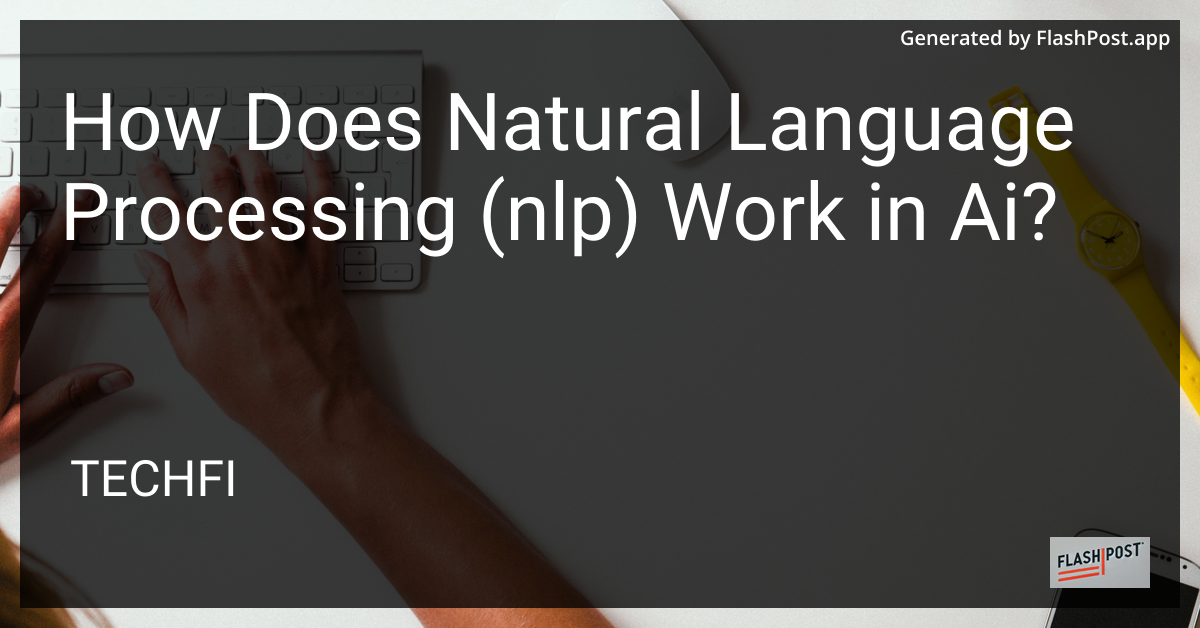How Does Natural Language Processing (nlp) Work in Ai?

Natural Language Processing (NLP) is a pivotal technology at the forefront of artificial intelligence that bridges the gap between human communication and computer understanding. As we gear up to embrace future innovations like artificial intelligence technologies in 2025, understanding NLP's functioning can offer deeper insights into its transformative power.
Understanding NLP in AI
NLP involves the application of computational techniques to the analysis and synthesis of natural language and speech. It empowers machines to interpret, generate, and respond to human language meaningfully. This enables seamless interactions, propelling the deployment of AI in diverse domains such as customer service, healthcare, and business analytics.
How NLP Works
Text Preprocessing
The first step in NLP is text preprocessing, where raw data is refined. This involves:
- Tokenization: Splitting text into individual words or sentences.
- Stop Word Removal: Filtering out common words that add little value, such as “the,” “is,” etc.
- Stemming and Lemmatization: Reducing words to their base or root form.
Language Modeling
Language modeling is foundational in NLP. It involves predicting the next word in a sequence, helping machines understand context and semantics. Models like GPT (Generative Pre-training Transformer) exemplify this by generating human-like text.
Named Entity Recognition (NER)
NER is the process of identifying and classifying key elements from text, such as names, dates, or organizations. This enables machines to extract valuable information from vast datasets, enhancing artificial intelligence for business.
Sentiment Analysis
Sentiment analysis involves interpreting the emotional tone behind words. This is crucial for businesses aiming to gauge customer sentiment and improve products or services accordingly.
Machine Translation
Machine translation allows real-time conversion of text from one language to another, breaking language barriers and facilitating global communication.
Challenges in NLP
Despite its advancements, NLP faces challenges like understanding context, sarcasm, and cultural nuances. These challenges drive ongoing research and development, ensuring continuous improvement in AI communication.
Conclusion
Natural Language Processing is an integral component of AI that revolutionizes how machines comprehend and interact with human language. As AI continues to evolve, so too will NLP, offering innovative solutions to real-world problems. Embracing these advancements will be crucial for businesses aiming to harness the full potential of AI.
Explore more on how AI transforms industries: Artificial Intelligence Technologies 2025 | Artificial Intelligence for Business | Artificial Intelligence.